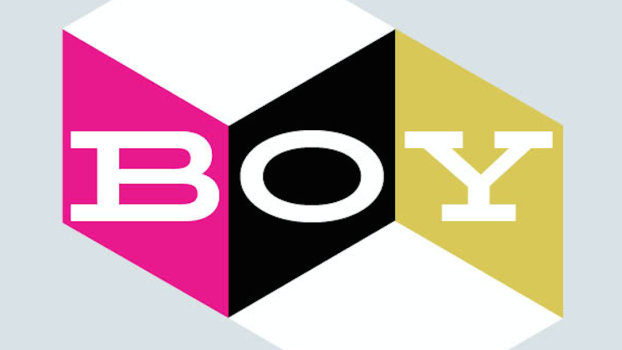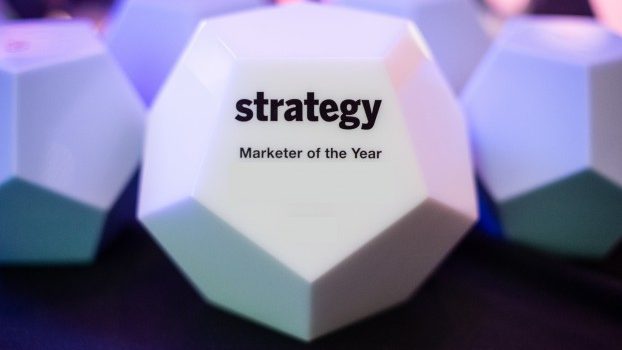This story appeared in Strategy C-Suite, a weekly email briefing on how Canada’s brand leaders are responding to market challenges and acting on new opportunities. Sign-up for the newsletter here to receive the latest stories directly to your inbox every Tuesday.
This is part one of a two-part roundtable discussion on innovation with members of strategy’s CMO Council. Check back next week for part two of the conversation. The transcript below has been edited for clarity and length.
Before the COVID-19 pandemic forced much of the country into lockdown, strategy spoke with members of the CMO Council to gain insight into the role innovation was playing in marketing departments across the country.
This week, we reconvened several council members to discuss organizations’ innovation agenda as a degree of normalcy begins to return to consumers’ live. Have pandemic-induced budget reductions pushed innovation to the wayside for the rest of the year? What happens to new product launches that have been in the pipeline for months?
To find out, we spoke to Antoinette Benoit, CMO at McDonald’s Canada; Andrea Hunt, EVP & CMO at Arterra Wines; Jon Mamela, EVP and CMO at Tourism Toronto; and Jackie Poriadjian-Asch, a Supreme Cannabis board member and the former CMO at Ecobee.
A recent survey by the ACA and WFA found that 50% of Canadian marketers have some oversight over innovation. Over the next five years, 69% said innovation would become even more important to their roles, behind only data ethics and data analytics. Does that align with what you see happening in your organizations? And why are marketers putting so much focus on that area of the business?
McDonald’s Antoinette Benoit: You’re the voice of the consumer. That’s the first thing. If you’re a consumer-centric company, your marketing department is in charge of understanding what could drive more growth, and innovation is one of the key ways to do that. And if you do it in a consumer-centric way, you might be less disappointed by the outcome.
Tourism Toronto’s John Mamela: [Marketing leaders] have to operate and continue to lead in a rapidly changing environment, in terms of technology and consumer behaviour – not only in the business models that are shifting and competing against you [in new ways]. Being the voice of the customer is absolutely core. You’ve [also] got to be quick, nimble, innovate in the broader sense of what innovation is.
Jackie Poriadjian-Asch: If it’s about creating better ideas, processes and ways of working, that’s got to permeate from the CEO down to every leader and all departments. In traditional CPG, a CMO has always been responsible – at least in the last 20 or 30 years – for product innovation. In other organizations, it’s rebuilding how we work. So how we define innovation is really important. I feel that marketers and the organization are successful when everyone feels a certain degree of accountability.
Arterra Wine’s Andrea Hunt: We define innovation within our company as anything that creates value. And as CMOs, our ultimate role is to create value. That’s where you find the natural synergy. But I couldn’t agree more – it comes from across the organization and certainly isn’t possible without cross-functional collaboration. There’s probably a move more than ever away from what the traditional definition of innovation – new products, new flavours – to things that are game-changers. We would now define it as new channels, new means of delivery.
Reports often discuss innovation through the lens of AI, blockchain, and other emerging tech. How relevant are those technologies to you as CMOs? Is that really where your focus is right now?
Benoit: On technology, many companies are just catching up. We [at McDonald’s] have to be careful, because consumers still come to us for the products, and technology is supposed to either make your product better or to make access to your products better. It’s a question of balance. At McDonald’s, we’re going to be able to equip the drive-thru with super modern technology, such as AI and voice-recognition; we’ll recognize the consumer and make video suggestions; we’ll have a better CRM. But if consumers don’t want your Big Mac, they don’t want your Big Mac. Technology will not do everything.
Poriadjian-Asch: When you look at what the priorities are for marketers, it scares me as a collective. The priority [should be] what’s right for you and your business. What’s your brand strategy? How are you differentiating and creating relevance to win as a business? Within the CMO function, it’s about value creation, so how do you figure out how you’re going to win and with what tools and technologies? Maybe it’s people, or diversifying your business. [Thinking that] you can pick things up off a shelf and plug them into your organization to be modernized or transformed is deeply worrisome to me, unless it’s against the backdrop of strong brand strategy and understanding how the business is going to compete.
Hunt: Brand strategy has been typically the compass, and… consumer needs have always been at the forefront. But those needs have changed so dramatically – all of a sudden it’s become about safety, availability. So we’re looking to tech as an enabler to service some those more basic needs, whereas before we were looking at technology more in a communications sense, as a way to connect and [acquire] consumers.
Mamela: In destination marketing, there’s often a focus on [creating] a compelling reason to help the destination stand out. Once you’re here, our job is done. But we have a lot more we can do to drive consumption and discoverability. Being a value to a visitor on the ground, connected through mobile and informed by geolocation and a consideration of why you’re here, what you’re looking to do – through some form of machine learning and push to mobile – is going to be big for us.
Now that everybody’s figured out how to be flexible and listen and communicate on the fly, how do you see that translating to the product innovation cycle?
Poriadjian-Asch: [When you look at] what’s happened over the last 10 or 12 weeks, if you look at Maslow’s hierarchy of needs, we’ve gone back down to food, shelter, safety – what’s essential. It has created this bias toward action; ecommerce has ramped up, digital has ramped up. When you look at what’s actually selling versus what’s left on shelves, it’s the things that people need, versus rushing out to get the next shiny object. You can see this in the VC community as well – making sure investments are happening where people really need things versus those shiny objects which are probably not must-haves.
Benoit: I agree. The crisis has [given us] the opportunity to focus on, less, bigger, better. During normal times, we have the luxury to work at the periphery, because we think the centre is doing [fine] by itself. But we [left] the periphery to go back to the core of the business, and then questioned how we can do this core business better. That’s a great outcome of the crisis.
This story is from Strategy C-Suite, a weekly email briefing on how Canada’s brand leaders are responding to market challenges and acting on new opportunities. Sign-up for the newsletter here to receive the latest stories directly to your inbox every Tuesday.
























